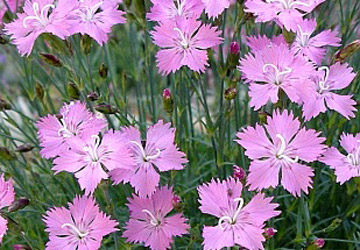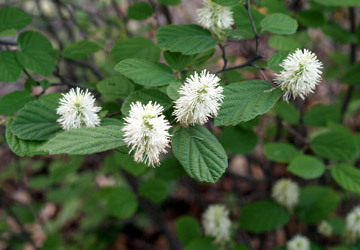Vibrant variegated bright and dark purple foliage on this plant are highlighted with a metallic sheen and green rib. Persian Shield makes a stunning 18″-36″ mass planting and glows next to silver or chartreuse foliage. It fills a container well, handling heat, humidity and drought better than most annuals.
Wait until the soil is warm enough for tomatoes to plant Persian shield, unless you are in South or Coastal Georgia, where this plant can be a perennial. Pinch this plant back to get thicker, sturdier growth.








































































































